Mary Berry Lemon Curd Recipe
by Mary Berry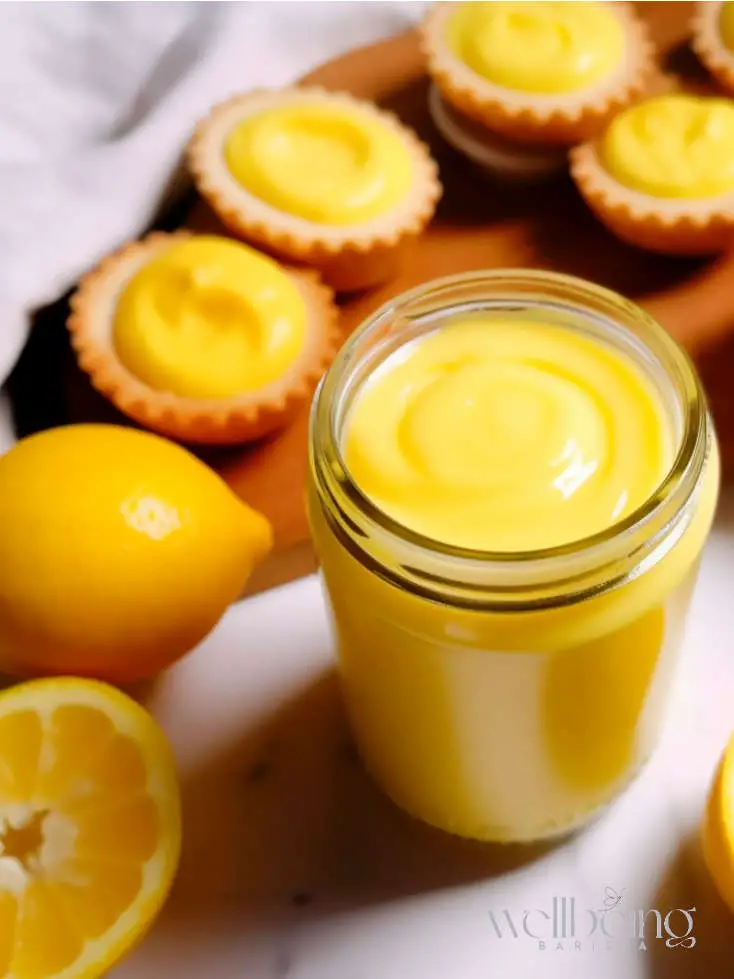
Why You’ll Like It
- 4 Ingredients, One Pot: Simple to remember and even easier to make—this recipe is pure, fuss-free lemon goodness!
- Bright & Creamy: Fresh lemon juice and zest add a beautifully bright, creamy flavour that pairs perfectly with so many treats.
- Just the Right Balance: Not too sweet, not too tart—you’ve got to try it to see the perfect harmony of flavours.
- Effortlessly Thick: Sets beautifully without needing cornstarch or gelatin, making it smooth and naturally luscious.
For the Perfect Lemon Curd
- Organic lemons – Use fresh, unwaxed, organic lemons for the fullest, brightest flavour.
- Balanced sweetness and tartness – Adjust the sugar to match the tartness of your lemons for a harmonious taste.
- Rub the sugar with lemon zest – A patisserie trick: rubbing the sugar with lemon zest releases essential oils, enhancing flavour while breaking down the zest for a smoother curd after straining.
- Cook over a gentle heat – Slow cooking prevents curdling, ensuring a smooth, creamy texture. Avoid high heat to prevent rubbery, lumpy curd.
- Strain the curd – Pass it through a sieve to achieve a silky texture and remove any cooked egg bits.
- Cover with plastic wrap – Place wrap directly on the surface before chilling to prevent skin from forming.
What You Need
- Eggs – (4 large free-range eggs) Eggs give firmness, creaminess and colour to the curd. Mary Berry makes the recipe simpler by using whole eggs instead of adding any extra egg yolks.
- Lemon Juice – (Juice of 4 unwaxed lemons) A tip I have learnt from my years of cooking is to only use freshly squeezed lemon juice in recipes. (not bottled). The Real lemon juice provides a tangy flavour and the acidity needed to set the eggs.
- Lemon Zest – (Finely grated zest of 4 unwaxed lemons) Yellow zest is potent and gives both colour and taste to the lemon curd. It’s imperative to use unwaxed lemons so that you can enjoy all the flavourful oils live. If you like your curd extra silky, you can strain the curd at the end to remove all the zest.
- Caster sugar – (300g/10½oz caster sugar) Sugar is so important here! It sweetens the curd to balance the acidity and plays a major role in creating a silky texture that prevents the egg proteins from coagulating too firmly.
- Butter – (225g/8oz butter, cut into pieces) It’s needless to say how much butter contributes to any desserts and unless you’re vegan or following a dairy-free diet I don’t suggest replacing it with anything else. It makes the curd smooth and glossy. It also helps to obtain a thicker texture as the fat hardens.
- VEGAN VARIATION – Jump to Recipe Notes if you want to use vegan ingredients.
How To Make Mary Berry’s Lemon Curd Step By Step
Time needed: 25 minutes.
Equipment Required: stove, saucepan, grater, whisker, 1 big jar or 2 smaller jars,
- Wash and Dry the Lemons
Rinse the lemons under running water and wipe them with a paper towel to remove any dirt or wax from the skin.
- Grate the Zest and Squeeze the Juice
Use a fine grater or zester to grate the yellow part of the skin of the lemons, avoiding the white pith. Cut all lemons in half and squeeze out the juice.
- Prepare the Lemon Mixture
In a saucepan, break the eggs and whisk them together. Stir in the remaining ingredients and place the saucepan over medium heat.
- Cook Until Thickened
Continuously whisk the mixture over the heat until it coats the back of a spoon and slightly thickens—this process might take around 7-10 minutes. Be cautious not to let the mixture come to a boil, as it may risk splitting.
- Strain and Jar the Lemon Curd
Remove the saucepan from the heat and allow the mixture to cool. Pour the lemon curd into a sterilized jar (or two small jars) through a fine mesh sieve, seal them tightly, and let the curd continue to thicken. Store the freshly made lemon curd in the refrigerator for at least 6 hours until set. The curd can be refrigerated for up to a month. Remember, once the jar is opened, consume the lemon curd within a week.
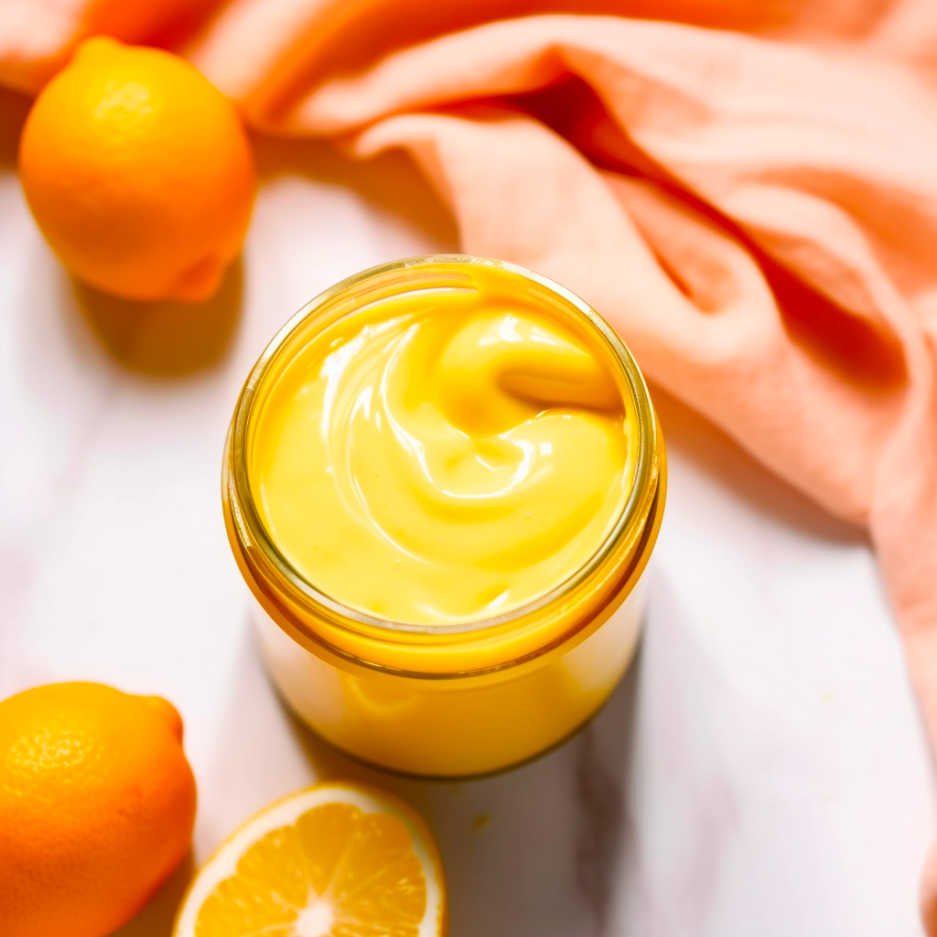
- Serve
Enjoy your Homemade Lemon Curd served on tarts, pancakes or simply on toast!

Saving The Lemon Curd For Later
- Sterilize the Jars: Make sure to sterilize the jars. To sterilize jars, wash the jars in very hot, soapy water or put them through the hot cycle of a dishwasher. Place the jars onto a baking tray and slide them into an oven preheated to 160C/325F/Gas 3 for 10–15 minutes.
- Transfer the Curd: Spoon the curd into the sterilised jars and store it covered tightly in the fridge.
- Refrigerate: Keep the lemon curd in the refrigerator for up to a month. Once opened, consume within a week.
Serving the Lemon Curd
This lemon curd is incredibly versatile:
- Spoon it over English muffins and Welsh cakes
- Use it as a filling in orange glazed raspberry muffins, thumbprint cookies, or Portuguese tarts.
- Spread over a slice of Genoise cake or lemon yoghurt cake
- Pair with granola, or served with a warm blackberry crumble.
More Lemon Recipes
- Lemon Crumble Cake
- Mary Berry Lemon & Yogurt Cake
- Italian Lemonade Soda
- Homemade Limoncello Recipe
- Lemon Glazed Blueberry Scones
Health Info
| Calories: | 1591.89 |
| Sugar: | 154.42 |
| Sodium: | 160.01 |
| Fat: | 102.27 |
| Carbohydrates: | 162.75 |
| Fiber: | 0 |
| Protein: | 14.21 |
Description
Ingredients
- 4 large free-range eggs
- 4 lemons (the juice and zest of 4 unwaxed lemons) finely grated
- 300 g (10½ ounces) caster sugar
- 225 g (8 ounces) butter, cut into pieces
Instructions
- Wash and Dry the Lemons: Rinse the lemons under running water and wipe them with a paper towel to remove any dirt or wax from the skin.
- Grate the Zest and Squeeze the Juice: Use a fine grater or zester to grate the yellow part of the skin of the lemons, avoiding the white pith. Cut all lemons in half and squeeze out the juice.
- Prepare the Lemon Mixture: Whisk the eggs together in a pot. Then stir the remaining ingredients (caster sugar, lemon juice, zest and butter) and place the pot over medium heat.
- Cook Until Thickened: Continuously whisk the mixture over the heat until it coats the back of a spoon and slightly thickens—this might take around 7-10 minutes. Be cautious not to let the mixture come to a boil, as it may risk splitting.
- Strain and Jar the Lemon Curd: Remove the saucepan from the heat and allow the mixture to cool. Pour the lemon curd into a sterilized jar (or two small jars) through a fine mesh sieve, seal them tightly, and let the curd continue to thicken.
- Chill: Store the freshly made lemon curd in the refrigerator for at least 6 hours until set. The curd can be refrigerated for up to a month. Remember, once the jar is opened, consume the lemon curd within a week.
- Enjoy your homemade Mary Berry lemon curd!
Recipe Notes:
- Lemons: Use unwaxed organic lemons and gently wash and dry the lemons before zesting and juicing to ensure the best flavours and avoid any bitterness in the curd.
- Sugar: Adjust the amount of sugar according to the tartness of the lemons.
- Storing: Sterilize the jars before spooning in the curd. To sterilize jars, wash the jars in very hot, soapy water or put them through the hot cycle of a dishwasher. Place the jars onto a baking tray and slide them into an oven preheated to 160C/325F/Gas 3 for 10–15 minutes.
- Vegan Lemon Curd Substitutions: For a vegan version, replace butter with vegan butter or coconut oil, and use aquafaba (120ml) and chickpea flour (3 tbsp) instead of eggs. Arrowroot starch (1 tsp) thickens the curd, and a dash of turmeric (1/8 tsp) adds a natural yellow colour.
You might like more…

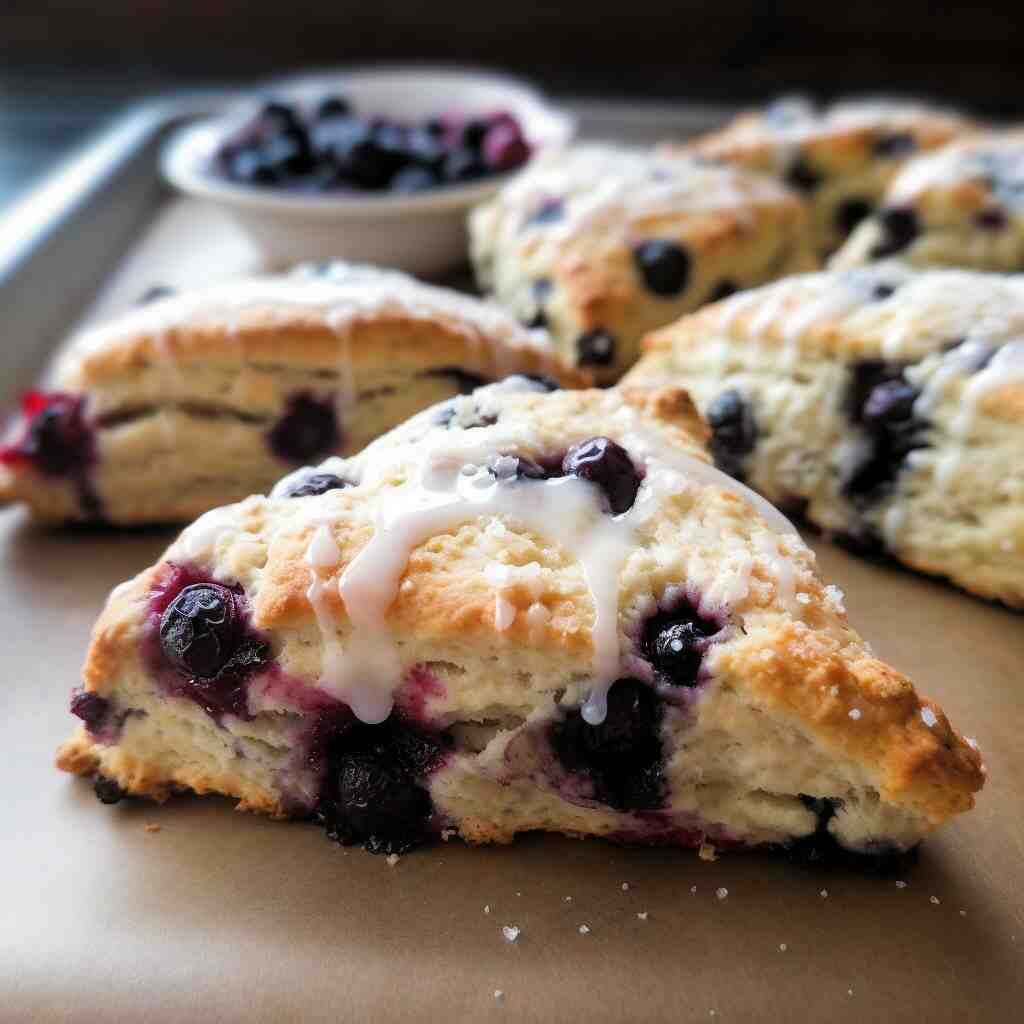
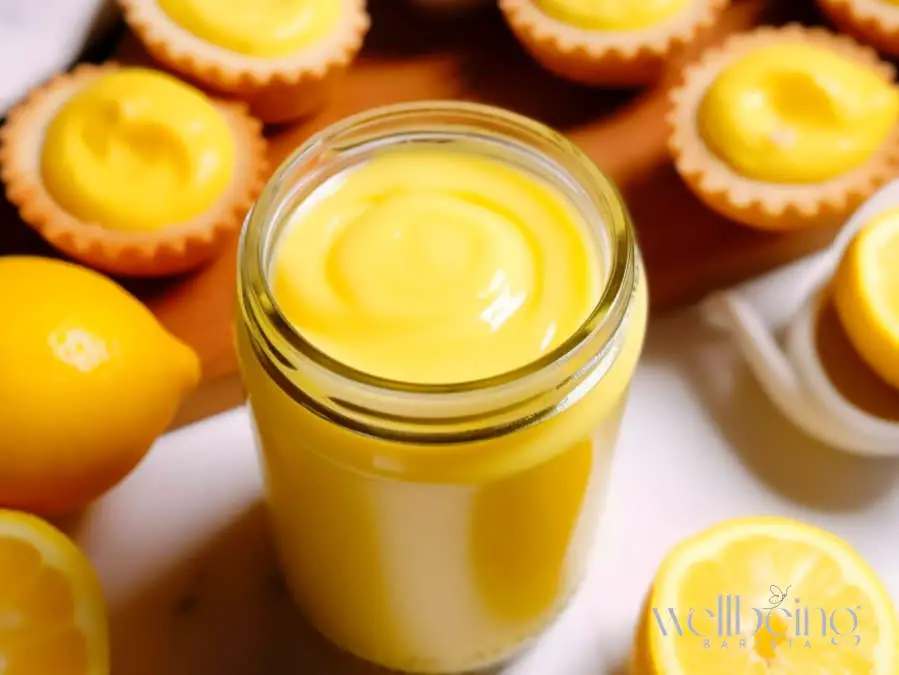

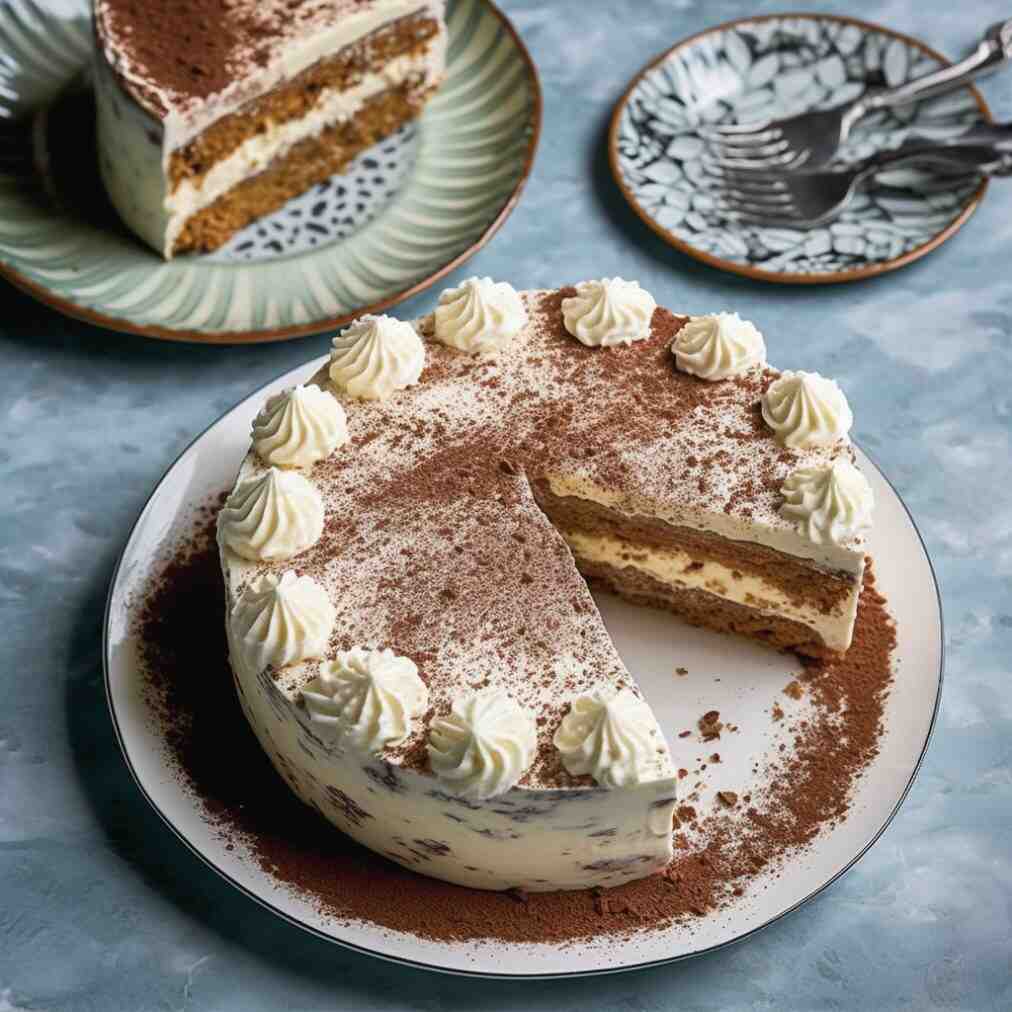
FAQ
To prevent the lemon curd from forming a skin, you can place a piece of parchment paper or plastic wrap directly on the surface of the curd before sealing the jar or jars.
To make dairy-free or vegan lemon curd, you can replace the butter with vegan butter or coconut oil, and replace the eggs and egg yolk with 120 ml (1/2 cup) of aquafaba (the liquid from a can of chickpeas) and 2 teaspoons of cornstarch or chickpea flour. Whisk the aquafaba and cornstarch together and follow the same steps as above.
If your lemon curd is not getting thick, you may need to cook it for a longer time. Cook it over low heat and stir constantly until it thickens enough to coat the back of a spoon.
While fresh lemon juice is preferred for its superior flavour and aroma, you can use bottled lemon juice in a pinch. Keep in mind that bottled juice may lack the freshness and zestiness of fresh lemons, which could slightly alter the taste of the curd.

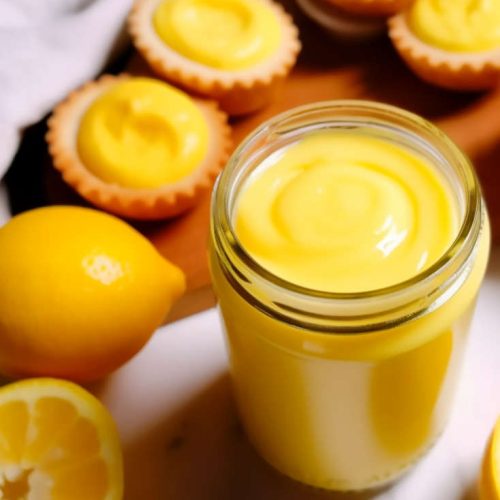
I made this with local lemons on Madeira Island [Portugal] it really is bottled sunshine and much tangy than imported lemons. Because I’m pretty new to the kitchen I used half the stated ingredients….big mistake, it cooked perfectly [in a double boiler] and it’s not going to last long. The big plus is it’s so easy to make. Might try with local tangerines or mix lemon and lime.
I’m happy that you liked it and the choice of lemons is usually very important! I usually use our own lemons grown here in the island of Malta. Good things tend to vanish quickly in the kitchen. I’m really interested as well in trying the tangerine curd to add them to pavlovas or egg meringues! Let me know if you try it 🙂